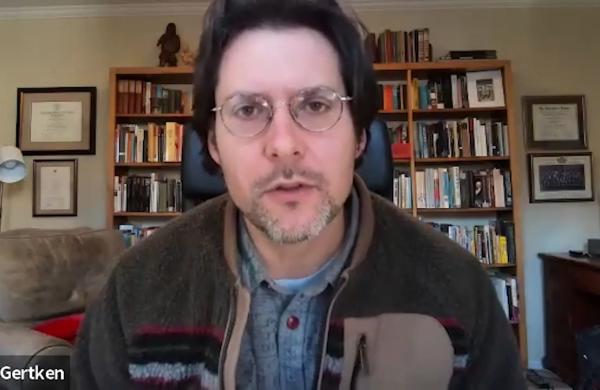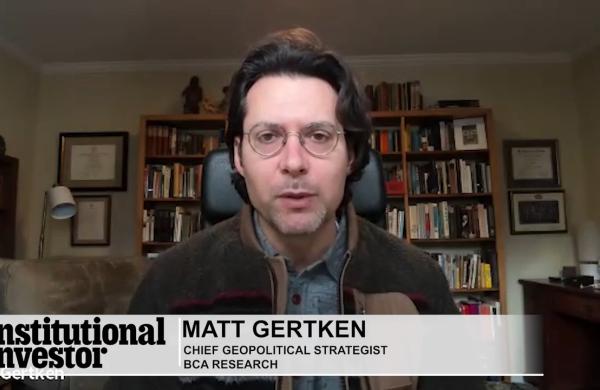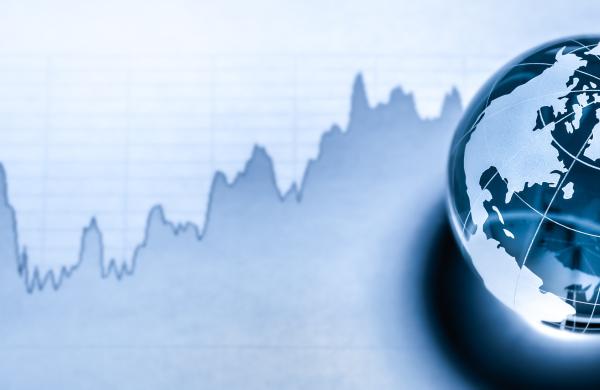With $40 billion in assts in 300 hedge funds, the hedge fund industry in Latin America still represents 3% of global assets, up from 1% in 2000, according to EurekaHedge. But the bigger story is that in the past two years, assets have been growing at an annual rate of 50% and with few exceptions returns have been in the mid-teen percentages. EurekaHedge notes that while the industry got its jumpstart in the late 1990s by individuals and onshore funds looking to capitalize on the high volatility in the regional markets, the current has changed somewhat with a growing number of offshore funds that wanted to take advantage of market downturns in the region in 2002. Today, the U.K. accounts for 47% of the offshore hedge fund managers, followed by the U.S. with 21%, and new launches are generated more and more by funds familiar already investing in the region, as opposed to newcomers. EurekaHedge also found:
- The best-performing strategies in the region are event-driven, multi-strategy and long/short, which consistently return above 15% on an annualized basis. CTA/managed futures funds is the only strategy to experience a downturn over the past year.
- Multi-strategy, which used to dominate the market with half of all Latin America hedge funds, are losing some ground to long/short equities, event-driven and relative value, and now represent just one-third of the total.
- Average fund sizes have soared almost 300% over the past three years to more than $140 million while the Eurekahedge Latin American Hedge Fund Index has skyrocketed 80% during the same period.
- Brazil constitutes the bulk of regional onshore hedge fund allocations, with 93.1% of the total; emerging markets represent 58% of offshore assets under management.




